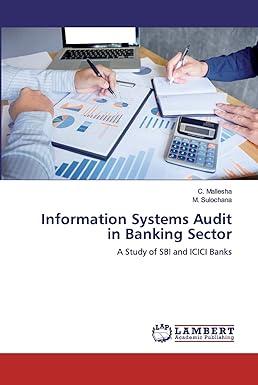Question
1. The following problem illustrates how to use relevant information from both the financial accounting statement of comprehensive income and the contribution statement of comprehensive
1. The following problem illustrates how to use relevant information from both the financial accounting statement of comprehensive income and the contribution statement of comprehensive income to calculate the breakeven point. Wei wants to know how to calculate her breakeven sales volume and her breakeven sales revenue. (R. Lambert, adapted) Wei has gathered the following information: Operating income for Wei Shao Inc. (WSI) for the year 2015 on production and sales volume (Q) of 200,000 units was summarized in the financial accounting operating statement of comprehensive income below. Additional accounting information was also provided regarding the inventoriable fixed costs and the period (non-manufacturing, operating expenses) variable costs per unit shown below the operating income: Wei Shao Inc. Operating Statement of Comprehensive Income Year Ended 2015 Sales revenue $3,120,000 Cost of goods sold (COGS) 1,920,000 Gross margin 1,200,000 Operating expenses 1,380,000 Operating income (loss) S (180,000) Fixed cost (inventoriable) $ 600,000 Variable cost per unit (non-manufacturing) $ 6.00 i. ii. iii. Calculate WSI's variable manufacturing costs per unit in 2015. Calculate WSI's fixed marketing and distribution costs in 2015. Because WSI's gross margin per unit is $6 = $1,200,000 - 200,000 units), Wei believes that if WSI had produced and sold 230,000 units, it would have covered the $1,380,000 of marketing and distribution costs ($1,380,000 = $6 = 230,000) and enabled WSI to break even for the year. Calculate WSI's operating income if production and sales volume had been Q = 230,000 units. Explain briefly why Wei is wrong. Calculate the breakeven point for the year 2015 in both sales volume and revenue. Calculate both the sales volume required to achieve operating income of $100,000 and the operating profit margin percentage. Calculate total fixed and total variable cost as a proportion of total cost. What is Wei's cost structure and her risk/return tradeoff? iv. V. vi.
Step by Step Solution
There are 3 Steps involved in it
Step: 1

Get Instant Access to Expert-Tailored Solutions
See step-by-step solutions with expert insights and AI powered tools for academic success
Step: 2

Step: 3

Ace Your Homework with AI
Get the answers you need in no time with our AI-driven, step-by-step assistance
Get Started


